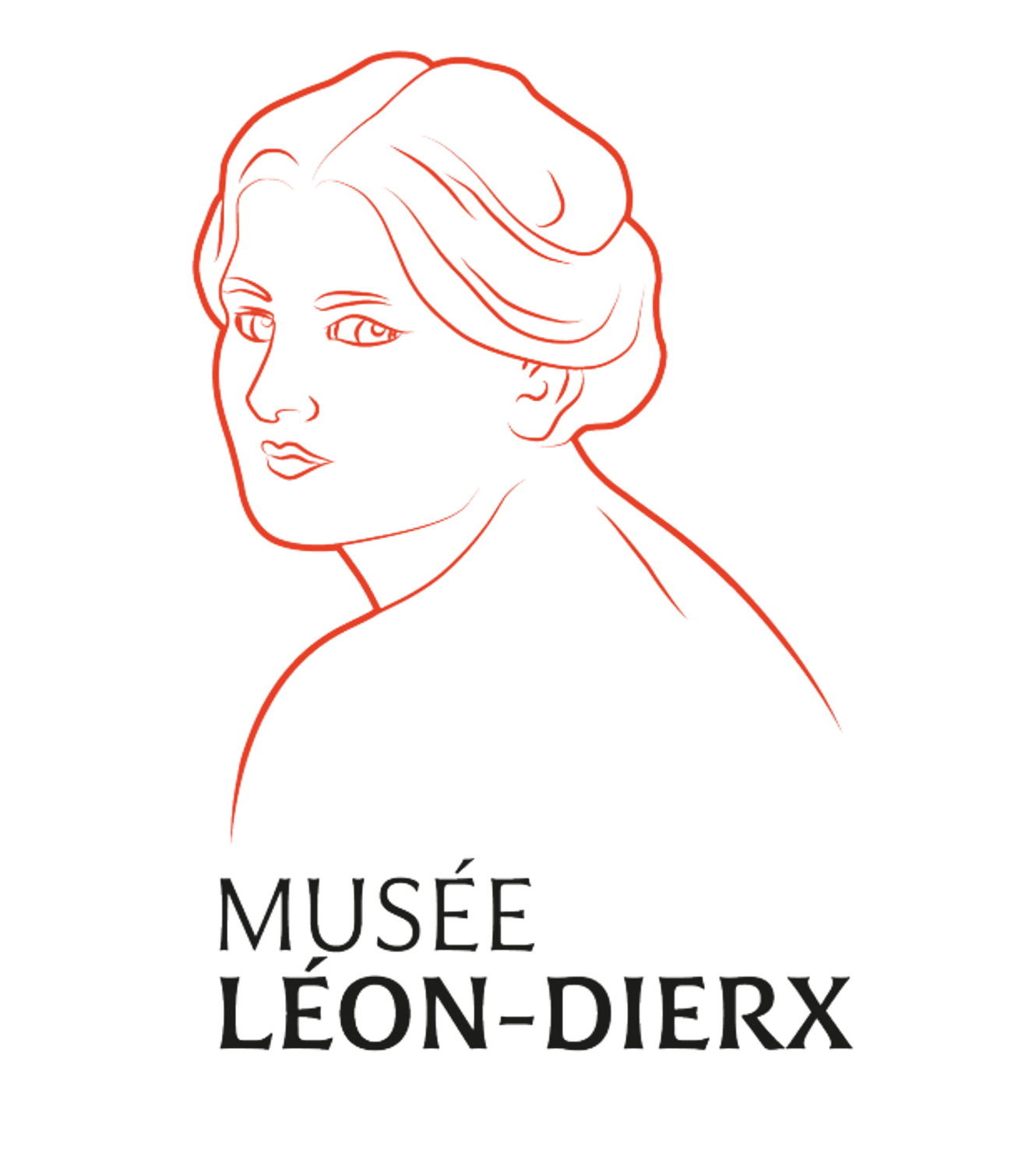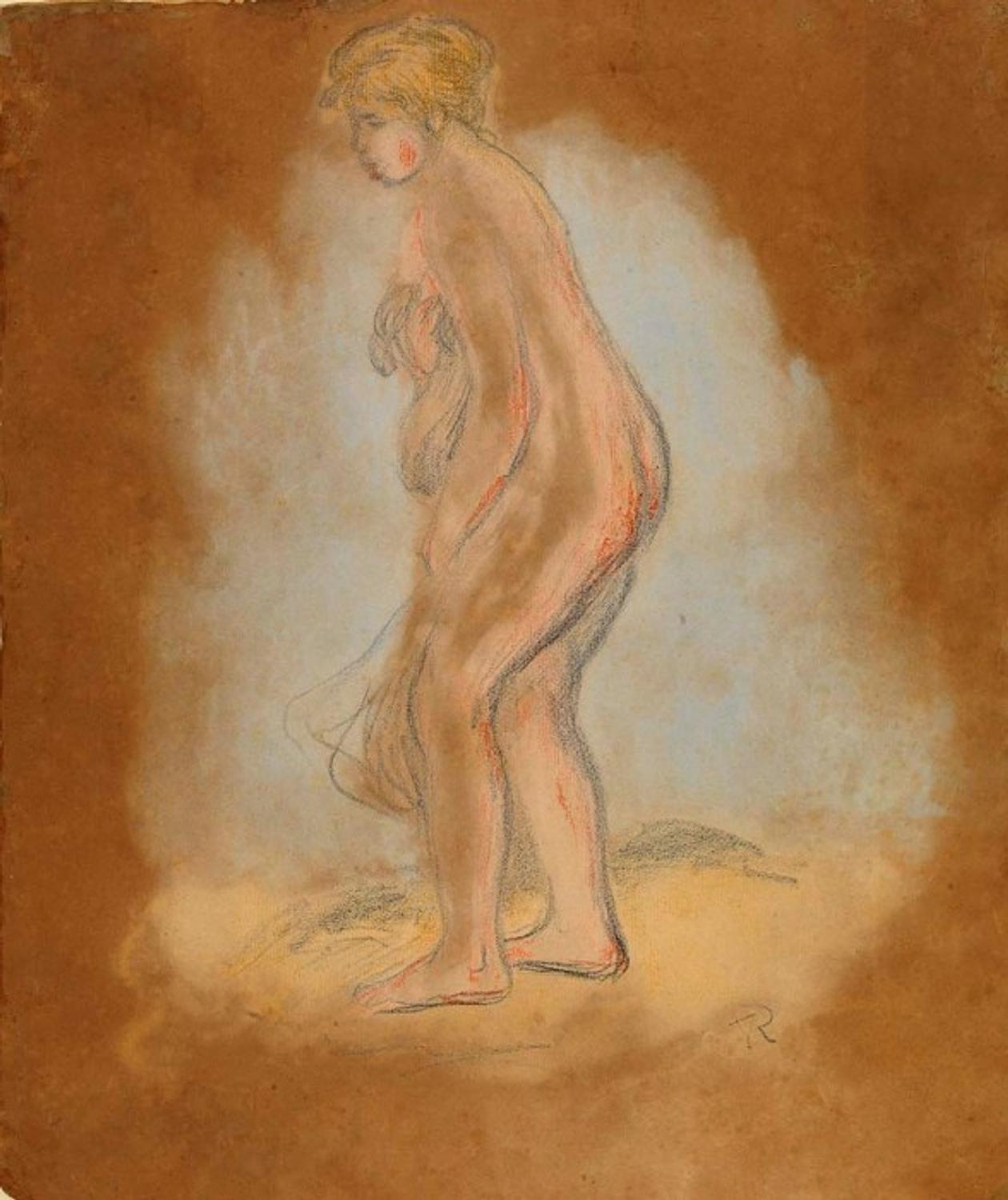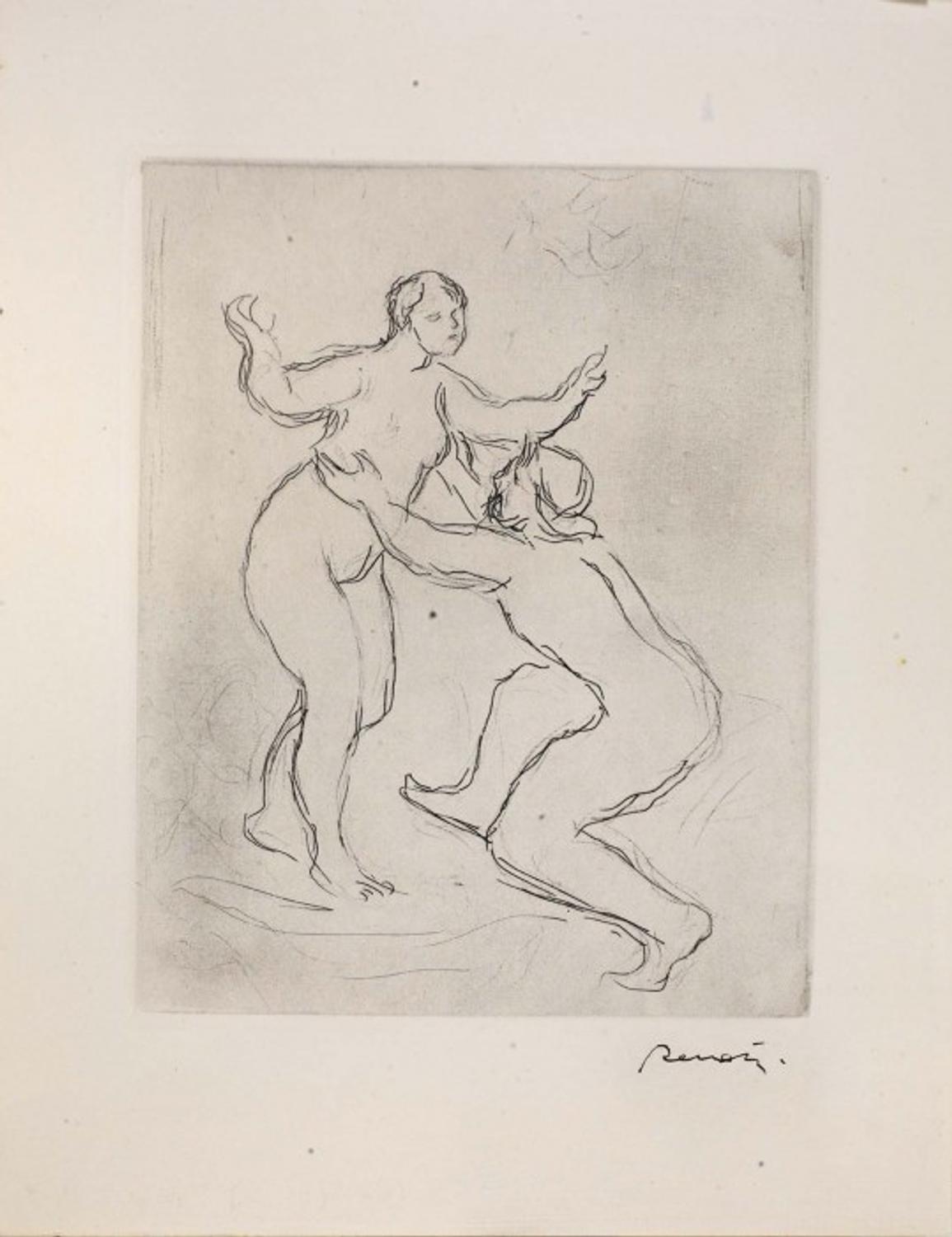THE MASTERPIECES OF THE LEON-DIERX ART GALLERY : Pierre-Auguste RENOIR
Pierre-Auguste RENOIR
Limoges, 25 February 1841 – Cagnes-Sur-Mer, 3 December 1919
Renoir’s paintings are probably among the most popular of the Impressionist movement. Coming from a modest background, Auguste Renoir was the son of a tailor and started working at the age of 13 as a painter on china. In 1862, he went to study at the school of fine arts in Paris, at the workshop of Charles Gleyre, where he notably became friends with Claude Monet. The latter encouraged him to paint out in the open air, thus contributing to Renoir’s stylistic development, moving towards Impressionism and enlightening his palette. He also participated in the first Impressionist exhibitions.
Renoir mainly painted genre scenes and figures, portraits or nudes. After a period qualified as "bitter" or "Ingresque" in the mid 1880s, when he focused mainly on drawing, as from 1890s he adopted a different style, his painting becoming more pearlescent and his brushstrokes more fluid.
The period 1890-1900 was when he achieved maturity, but also when his health progressively declined, with deforming rheumatism restricting his ability to paint. Faced with this handicap and encouraged by the art dealer Ambroise Vollard, who had become one of his close friends and in collaboration with the young sculptor Richard Guino, a pupil of Maillol, he took up sculpture. This collaboration, which continued from 1930 to 1918, resulted in a dozen or so bronze sculptures of different formats. His sculptured works express in three dimensions the spirit of his paintings.
Eau ou Petite Laveuse (Water or The little washerwoman), Pierre-Auguste RENOIR
1916
Bronze
26 x 23 x 13 cm
Inv 1947.01.107
Lucien Vollard donation
La Petite Laveuse (The little washerwoman), representing a young woman crouching with one knee on the ground, is an allegory for water. This sculpture, edited by Vollard, is echoed by the statue of a kneeling man entitled Petit forgeron ou Feu (The little blacksmith or Fire).
This stiff figure reflects the absence of a model and suggests a work based on his drawings. The woman is presented in an unnatural position, one hand holding a piece of cloth and the other placed under her knee, even though this type of domestic work is always carried out using both hands.
The traces of modelling are very visible on this little sculpture, giving the impression of it being a study. The larger version L’Eau ou Grande laveuse accroupie, (Water or Large crouching washerwoman), produced in 1917, presents a smoother surface and more refined details.
The topic of women bathing plays an important role in the work of Renoir, whatever the technique applied. In this respect, this sculpture can be compared to preparatory pastels for lithographs or engravings such as Le fleuve Scamandre (The Scamandre river), also conserved at the Leon-Dierx art gallery. Renoir uses the age-old subject of the woman as an excuse for producing forms with graceful flowing lines that exalt feminine beauty.
Baigneuse debout en pied,
vers 1896,
pastel, coll. MLD
Le fleuve Scamandre,
4e quart 19e siècle,
gravure à l'eau-forte, coll. MLD








